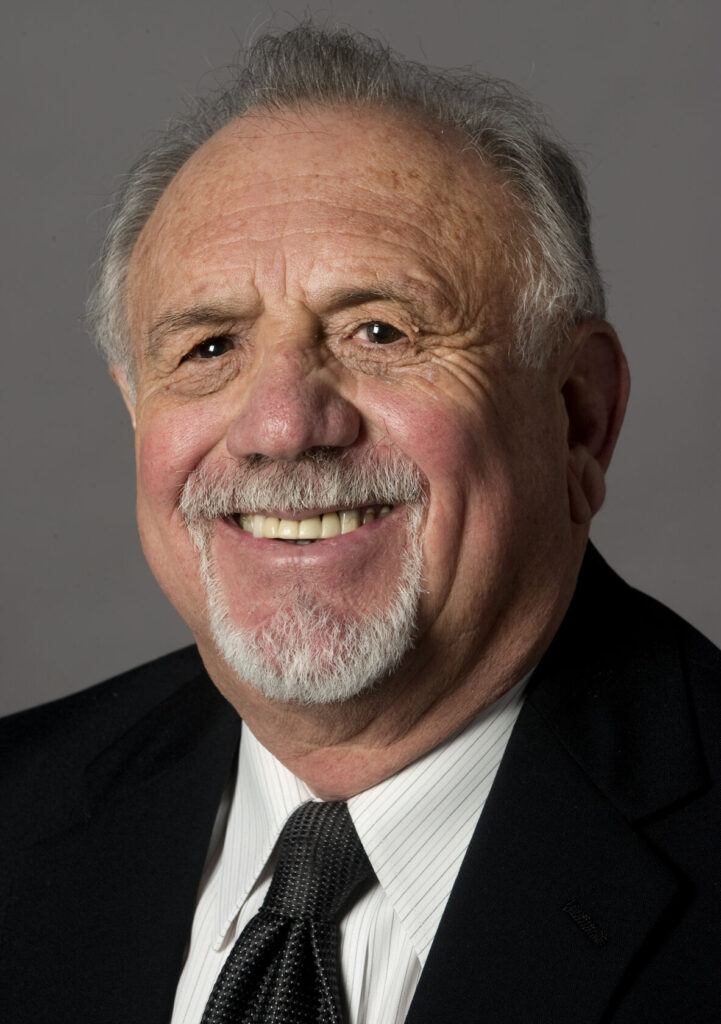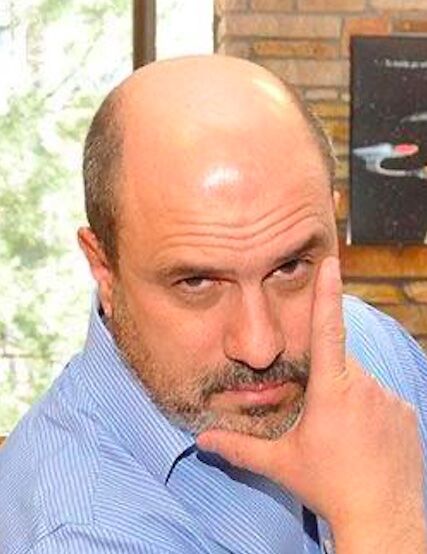Gorman: Amendment 72 is constitutionally guaranteed revenue for state bureaucracies
Amendment 72 supporters claim that raising tobacco taxes will reduce smoking.
That’s a smokescreen. What the amendment really does is create a constitutionally mandated stream of revenue for two state health bureaucracies that seek to shake off the shackles of legislative budgetary oversight.
Under Amendment 72, the state tax on a pack of cigarettes will rise to $2.59 from $0.84. Most of this new TABOR-exempt revenue will go to the departments of Public Health and Environment (DPHE) and Health Care Policy and Financing (HCPF).
If Amendment 72 passes, expect more state agencies to seek constitutional amendments imposing new taxes to create streams of guaranteed revenue for their pet projects.
Though Amendment 72 is specific about how people will be taxed, it is vague about how the estimated $315.7 million in new revenue will be spent.
Some money will flow to HCPF to support Medicaid. The rest is allocated to DPHE for vague purposes in broad categories.
DPHE can use the new revenues to fund everything from early childhood education to Alzheimer’s disease. It can fund programs for veterans. It can fund unspecified improvements in child and adolescent behavior. It can selectively repay loans taken out by “health professionals” who work in “underserved” areas or agree to enroll in DPHE approved professional “training tracks.”
As is usual when political actors are involved, there’s less to this than meets the eye. Government classifies most of Colorado as a medically underserved area, including parts of Denver and Boulder counties.
Amendment 35 increased tobacco taxes in 2005. Thanks to it, and the Tobacco Master Settlement program, we have real-life examples of how state health bureaucracies use tobacco revenues.
For FY 2016-17, about 65 percent of available Amendment 35 funds, $92 million, will support Medicaid and Medicaid-like programs. The Tobacco Master Settlement funds will support the Children’s Basic Health Plan, the Nurse Home Visitor program, early literacy programs, Tony Grampsas Youth Services, and a Fitzsimmons Lease purchase payment to the state of Colorado for buildings used by the University of Colorado Health Sciences Center.
The Nurse Home Visitor program funds county health department programs to send nurses to households to “help your family meet your goals for success with education, support, and resources.” There is little evidence to suggest that nurse home visiting programs are cost effective.
The Tony Grampsas Youth program grants fund programs of unknown effectiveness run by schools and non-profits in areas in which government programs have generally had questionable success – preventing violence, promoting early childhood development, and providing general social services.
In 2011, Colorado spent $5.70 per person on tobacco control. It ranked 9th in the nation. Since 2009, the two state health bureaucracies have spent over $200 million a year in tobacco revenues.
This is enough to pay for milling and resurfacing roughly 160 miles of generic 4-lane roadway.
In 2015, the $21.6 million in Amendment 35 tobacco cessation funding went to local public health agencies ($6.5 million), anti-smoking advertising ($4.5 million), and the Colorado Quitline ($5 million).
This massive spending appears to have been marginally effective at best.
The U.S. Behavioral Risk Factor Surveillance System estimated that between 18.9 percent and 21.9 percent of Colorado adults smoked in 2002. The average US rate was 23.1 percent. In 2013, between 16.8 percent and 18.6 percent of Colorado adults smoked. The average US rate was 19.0 percent.
Smokers already pay more than their fair share, but Colorado’s health bureaucracies want more. Saying no to Amendment 72 would help corral bureaucratic waste. Maintaining a reasonable tobacco tax also helps reduce crime because it reduces the profitability of cigarette smuggling by criminal gangs.
If Amendment 72 was really about smoking rather than spending, its authors would have empowered the state Legislature to allocate the funding to evidence-based programs known to reduce tobacco’s harms. Instead, they choose to lock new spending obligations into the state constitution, further fund two already bloated state bureaucracies outside the Legislature’s purview, and punch a hole in TABOR spending limits.
No matter how you feel about tobacco, if you value good government you should be opposed to Amendment 72.













